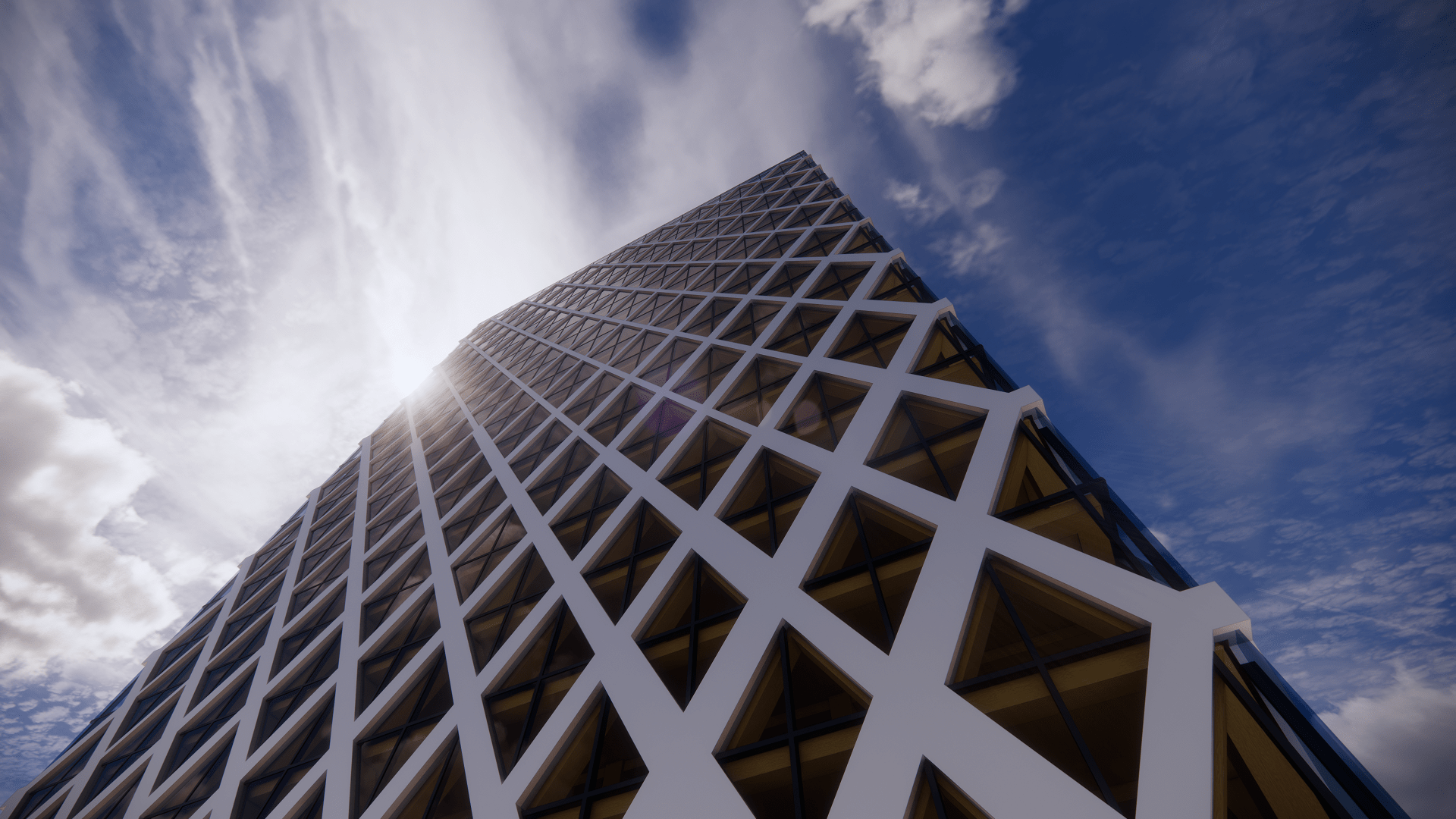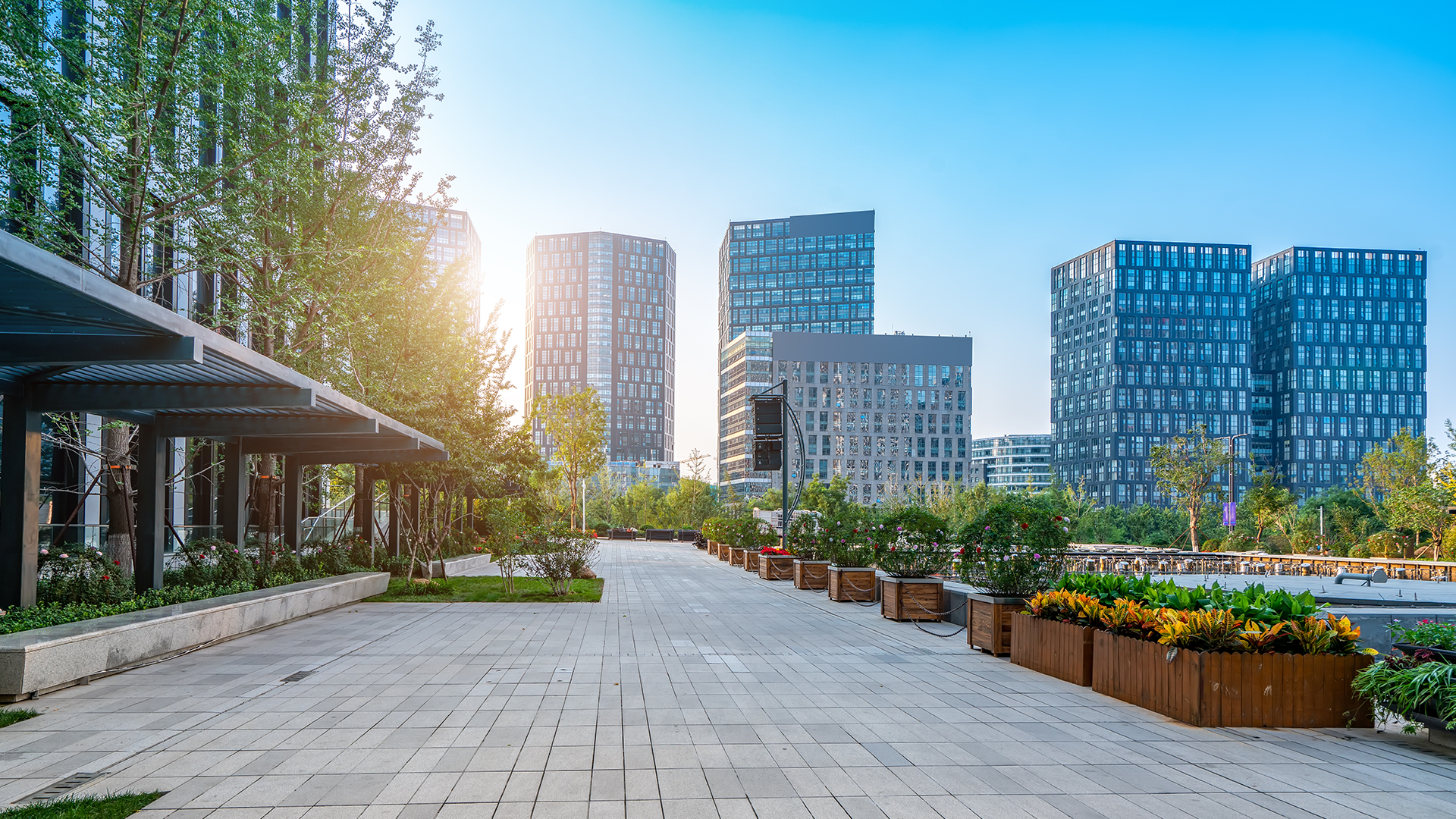Parametric design: endless creativity for complex spatial challenges
This concept has not only opened doors to broader design possibilities but also increased the precision of architectural projects.
During the past decade parametric design has had a profound impact on architecture. It brings together artistic creativity and advanced computer technology and that is causing a revolution in design processes. This concept has not only opened the doors to more extensive design possibilities, but also increased the precision of architectural projects.
In order to obtain a clearer picture of the potential and future impact of parametric design in architecture, we had a chat with Gijs Joosen. As an architect and leading professional in the field of parametric design, he shared his insights and visions with us.
In order to obtain a clearer picture of the potential and future impact of parametric design in architecture, we had a chat with Gijs Joosen. As an architect and leading professional in the field of parametric design, he shared his insights and visions with us.
What is parametric design?
Parametric design is more than an architectural trend, instead it is a revolutionary approach which raises design to a higher level through the use of algorithms and technology. This optimisation transcends pure aesthetics. The aim is to achieve an optimal balance between design, the relationship with the environment and the requirements and ambitions of both the client and the end user.Designers use algorithms to define a series of parameters. These influence various aspects of the design, such as a building's form, size, orientation and choice of materials. These parameters can then be adjusted to generate and evaluate various design options. The result? Not only a high degree of design freedom and speed, but also designs which contribute to a better and more sustainable society. In doing so, it is crucial to understand that this contribution is the result of the possibility of making smarter trade-offs in the early phase of the design and in the context of investment decisions. It enables designers to explore and analyse different scenarios so that they can make informed choices which are not just aesthetically, but also ecologically and socially sensible.
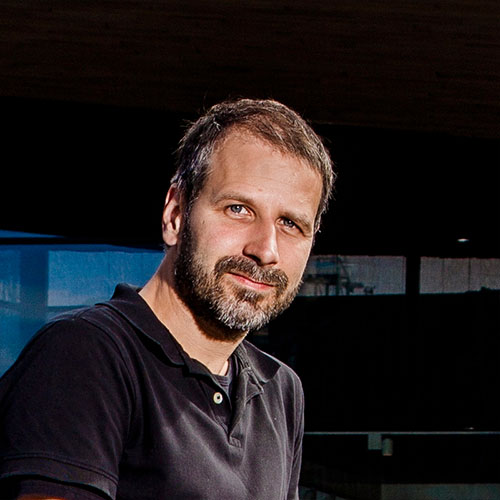
Parametric design offers designers the possibility of quickly investigating different variants and the flexibility to adapt to large numbers of complex requirements, wishes and ambitions.
The power of parametric design in the Monarch project
A specific example of the use of parametric design is the Monarch IV project. Here we have taken full advantage of the benefits of this approach. We linked together the (computation) models of the various disciplines using technology and data. This gave the team and the client a direct insight into the impact of design changes on building performance and sustainability objectives. In response to the central government's high sustainability ambitions, the Central Government Real Estate Agency went looking for innovative solutions to minimise CO2 emissions. One of those solutions was the structural use of bio-based materials such as wood.However, constructing a high-rise tower from wood presents certain challenges. Using parametric design we first checked whether the design was feasible within the set preconditions. After that we took a close look at the construction. By determining where the thick beams were essential and where thin beams would suffice we were able to save a considerable quantity of materials.
This emphasises how parametric design can result in considerable optimisations. In addition, an innovative approach to construction leads to a reduction in both costs and environmental impact.
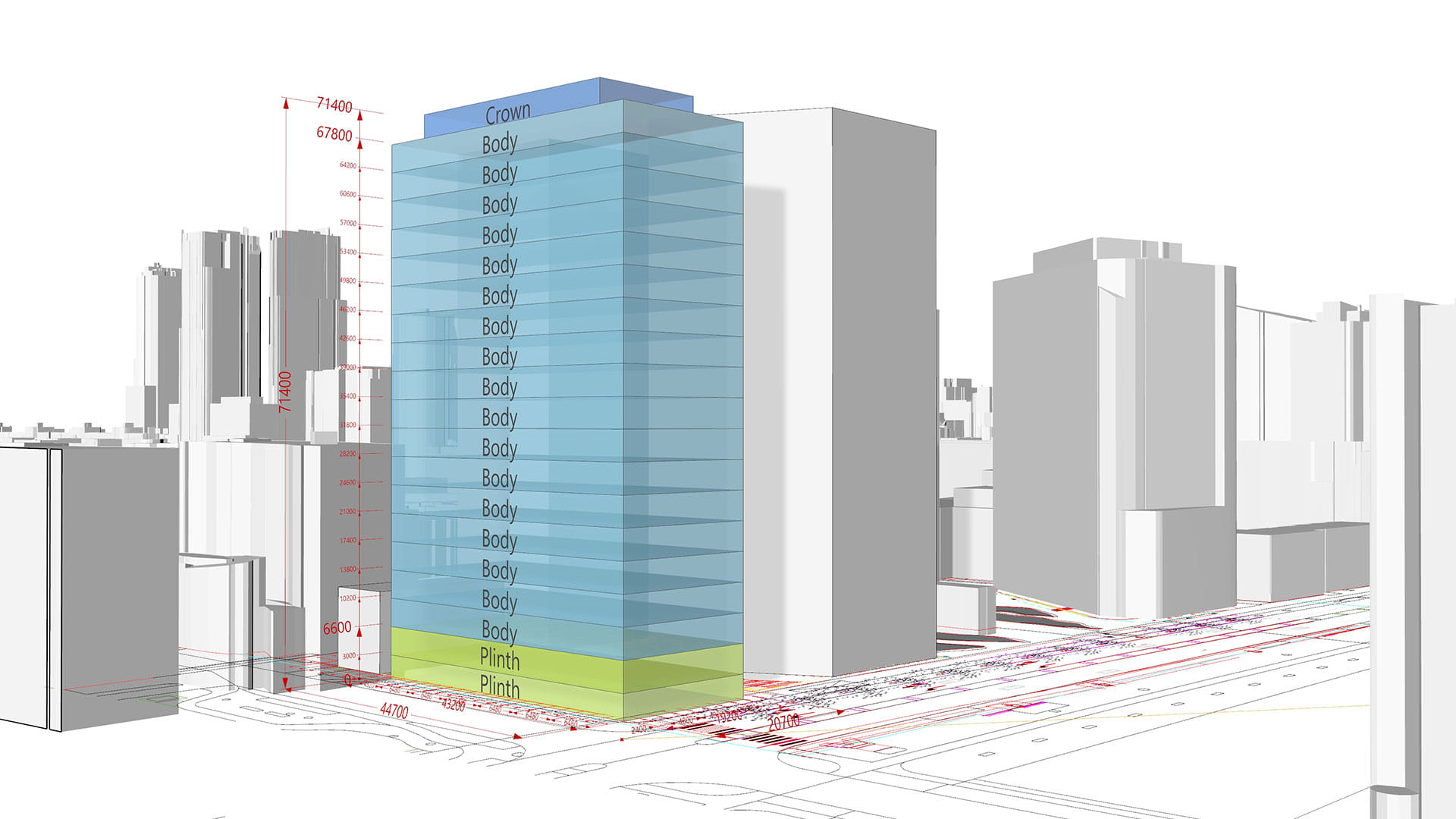
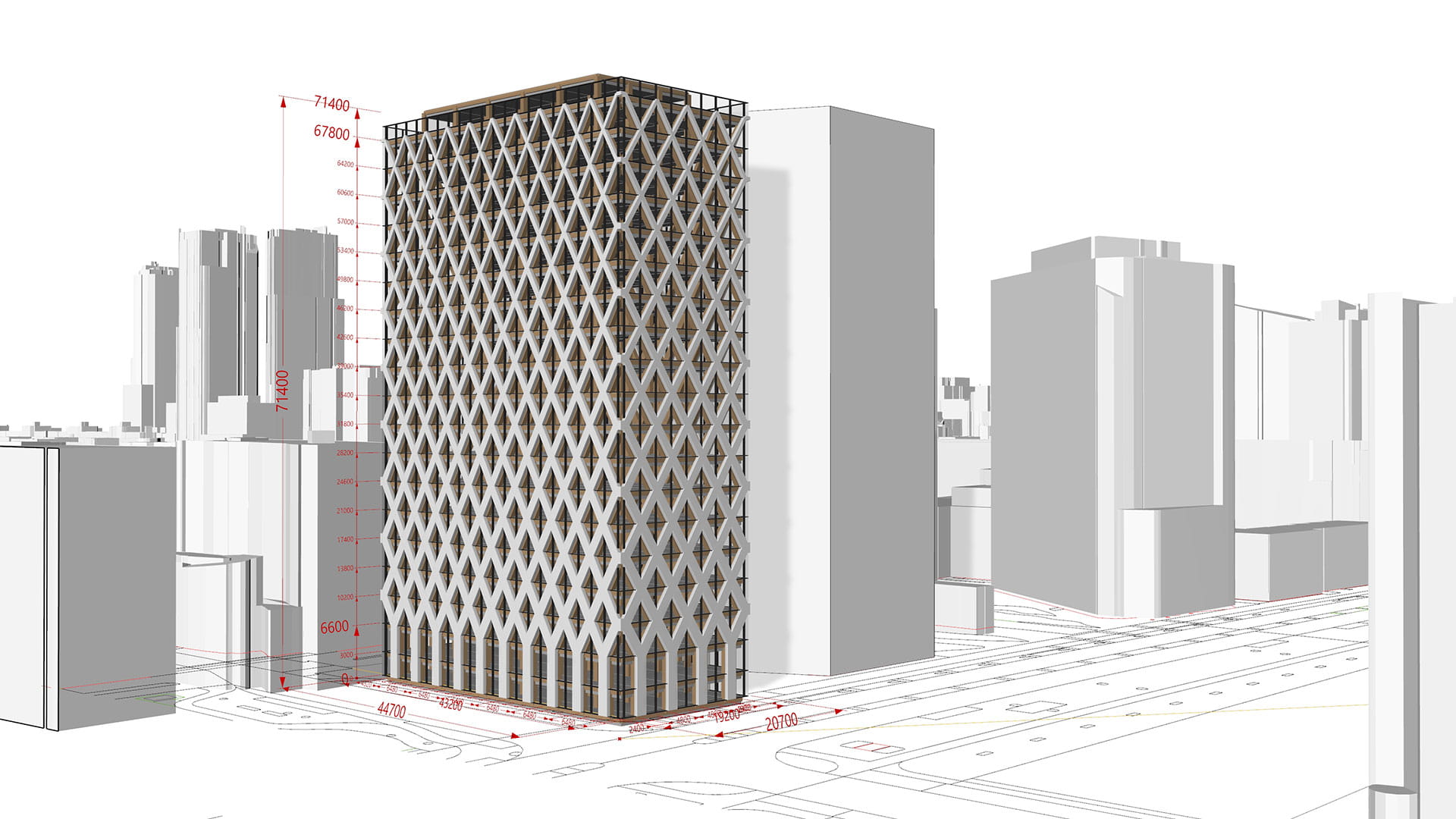
How is parametric design contributing to sustainability?
Parametric design offers significant benefits compared to a more traditional approach to the design process. Traditionally, the disciplines work in succession and the architectural design forms the basis for testing and validation. In an integral process the various disciplines work alongside each other and try to achieve early optimisation and alignment. Parametric design enables us to take these steps in parallel and in real time. This means we can directly see the impact of design variants on building performance, for example CO2 emissions, use of materials and energy balance. This enables the design team and the client's decision-makers to determine the right direction early on in the process.This simultaneous approach not only speeds up the design process, but also ensures a more integrated and holistic approach to construction projects. By having various disciplines work together simultaneously we can guarantee a harmonious and sustainable design that is both aesthetic and functional.
Parametric design is informed decision-making which enables us to make choices rapidly on a wide range of factors with various stakeholders.
Parametric design as a means, not as an end
As far as we are concerned, parametric design is more than just a technology, it is a strategy. It is not just about turning knobs and seeing results, it is about using an approach and technology to create better designs. By using it we can understand complex (spatial) issues quickly, thereby creating more time for creativity and quality, and take informed decisions in order build better, more sustainable and more efficient buildings and structures.Contact
If you are interested in how parametric design can support your project, please contact us for more information and to find out how we can help you realise your ambitions and objectives.Contactour experts
Read more
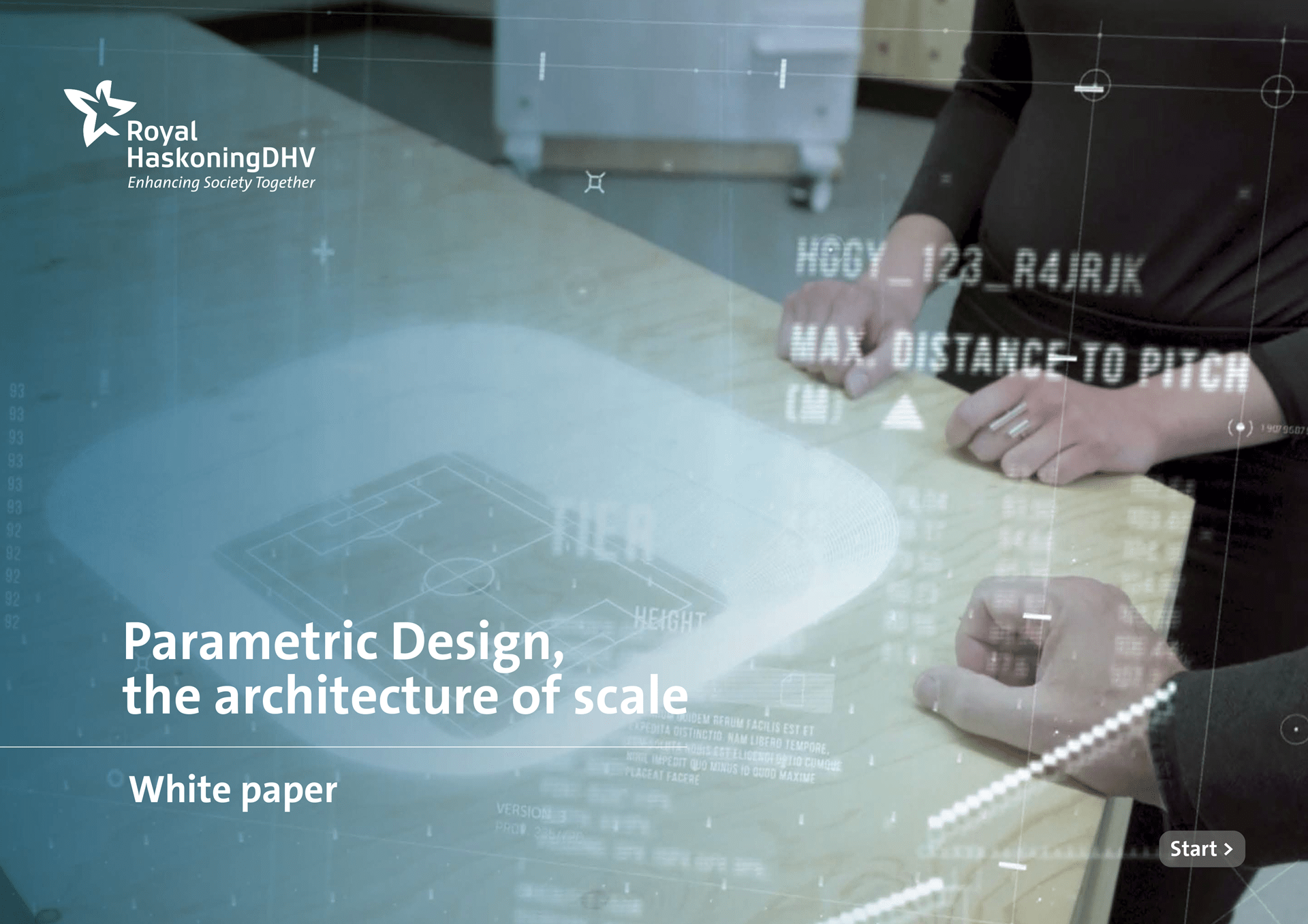 White paper
White paper